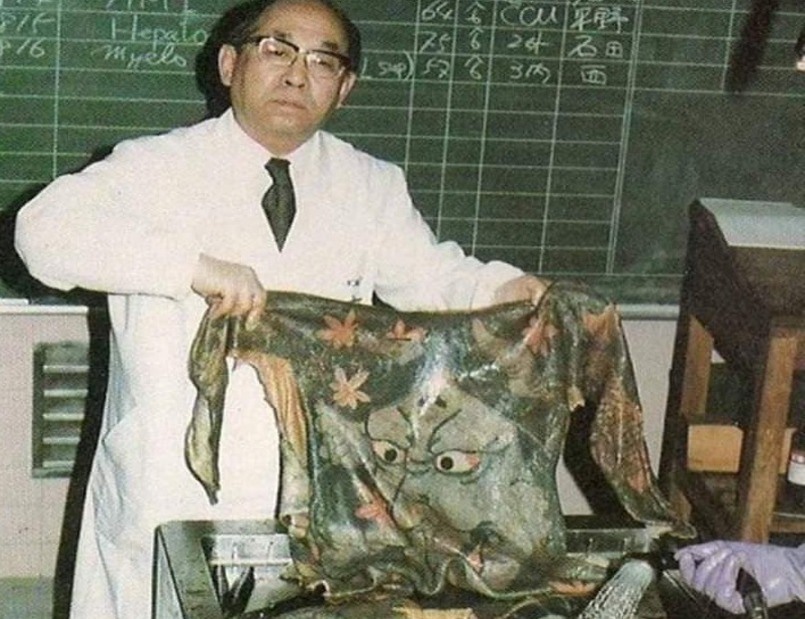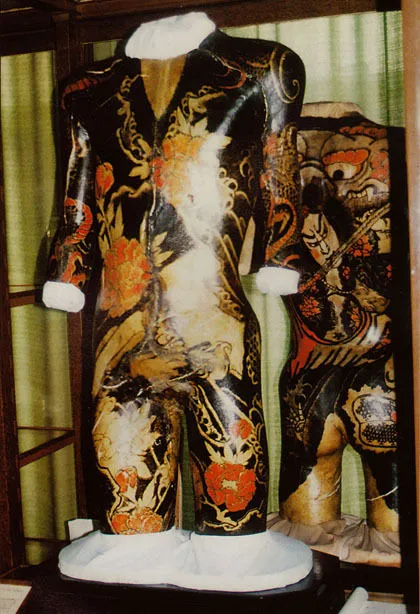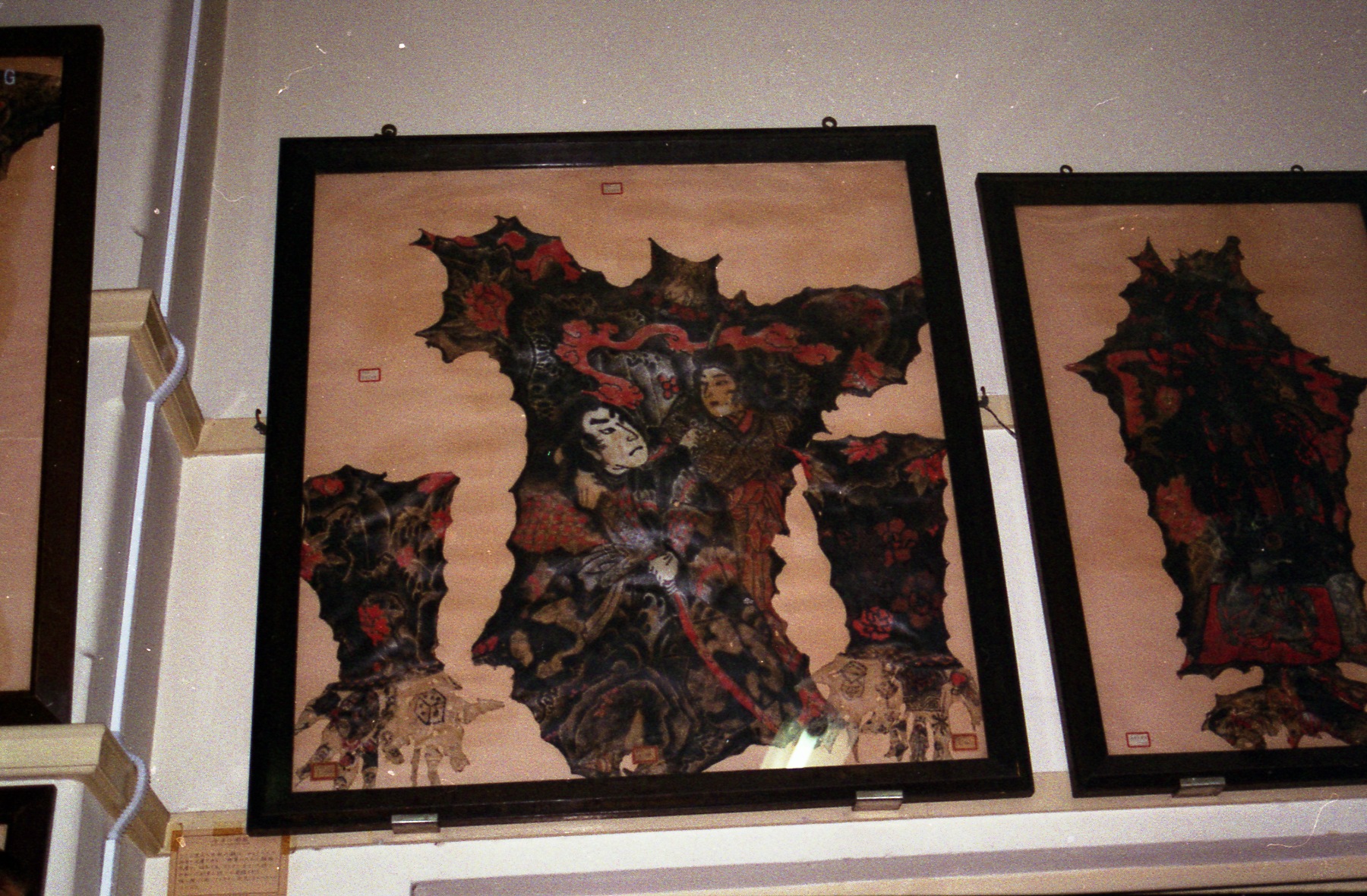
Tattoos have different meanings across different cultures, running the gamut from sacred art to the mark of criminals. In Japan, tattoos are part of a wider subculture called irezumi, a style of iconography with its own unique images and motifs.
The most detailed irezumi designs are found in bodysuits, which are often associated with the yakuza. One man was so fascinated by irezumi that it compelled him to start a museum and display irezumi ‘pelts’ for his scientific research. His name was Dr Fukushi Masaichi.
Early life
Masaichi was born in 1878 and grew up with an interest in medicine. He studied at the Tokyo Imperial University of Medicine and then went on to study in Germany. Eventually, Masaichi founded the Japanese Pathological Society and his early research focused on syphilis causing aortitis and thyroid disease.

A life-changing moment happened when Masaichi noticed that tattoo ink destroyed the skin damage left by syphilis. From that moment on, the doctor fell down a rabbit hole that’s pretty damn macabre.
Becoming Doctor Tattoo
Masaichi began his tattoo research fully in 1907, meeting people with various tattoos. His biggest interest was bodysuits and he paid people who were willing to donate their skin after they’d died for his research. He even funded tattoos for people who couldn’t afford them, so long as they were willing to donate as well.

The doctor used two different methods to preserve his ‘hides’: wet and dry. The skin was gently peeled away from the body, the nerves and tissues were scraped off and then stretched out to dry.
At the height of his research, Masaichi collected 2000 tattooed human pelts and documented them with over 3000 photos. However, much of this collection was lost during air raid bombings in 1945, while Masaichi also lost more of his skins on a trip to America. Apparently, he’d been carrying them in a suitcase in Chicago and the suitcase was stolen. Maybe someone else was building their own tattoo skin collection.
Despite the losses, at least 105 pieces remained intact and Masaichi set up a display in the Medical Pathology Museum of Tokyo University. The collection isn’t available to be viewed by the public.

While collecting bodysuits might be seen as a grizzly practice, Doctor Masichi was well-respected among the irezumi community and invited to different tattoo competitions. His subjects were all willing participants, allowing the doctor and his son Fukushi Katsunari to preserve their art after death. They say the greatest art lives forever, meaning Masichi’s was successful in his goals.
The world of irezumi is complex, featuring a wide variety of designs and images. Check out this glossary of irezumi terms and learn the language of the Japanese art of tattooing.


That’s pretty wild!
LikeLike
Tattoos are normal nowadays, and some people find them art because those tattoos have some reflections on their lives. Anyway, thanks for posting about tattoos. These past few days, I have become curious about common tattoos and find your article interesting.
LikeLike